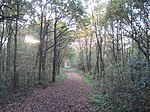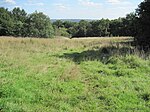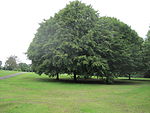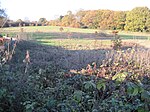Barnet Copthall
American football venues in the United KingdomAthletics venues in LondonDefunct rugby league venues in EnglandFootball venues in LondonLondon Broncos ... and 4 more
Rugby union stadiums in LondonSaracens F.C.Sport in the London Borough of BarnetUse British English from April 2014
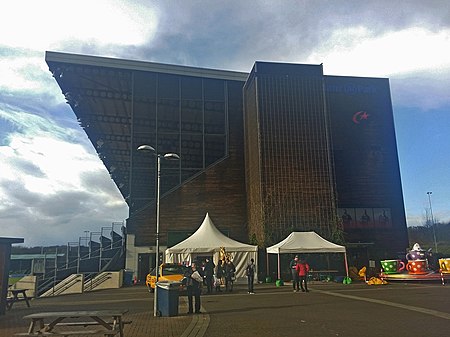
Barnet Copthall is a sports venue on the Hendon-Mill Hill borders in London, which houses several complexes, including a local authority-owned swimming pool and gymnasium facilities, a golf-driving range with 9 hole pitch and putt run by Metro Golf. The main stadium is a multi-use venue which is home of rugby union Premiership side Saracens. The stadium is currently known as StoneX Stadium for sponsorship reasons and has also previously been the home field of the London Broncos as well as hosting American football events such as the BritBowl.
Excerpt from the Wikipedia article Barnet Copthall (License: CC BY-SA 3.0, Authors, Images).Barnet Copthall
Greenlands lane, London Hendon (London Borough of Barnet)
Geographical coordinates (GPS) Address External links Nearby Places Show on map
Geographical coordinates (GPS)
| Latitude | Longitude |
|---|---|
| N 51.603505555556 ° | E -0.22364166666667 ° |
Address
StoneX Stadium (Copthall Stadium)
Greenlands lane
NW4 1RL London, Hendon (London Borough of Barnet)
England, United Kingdom
Open on Google Maps
